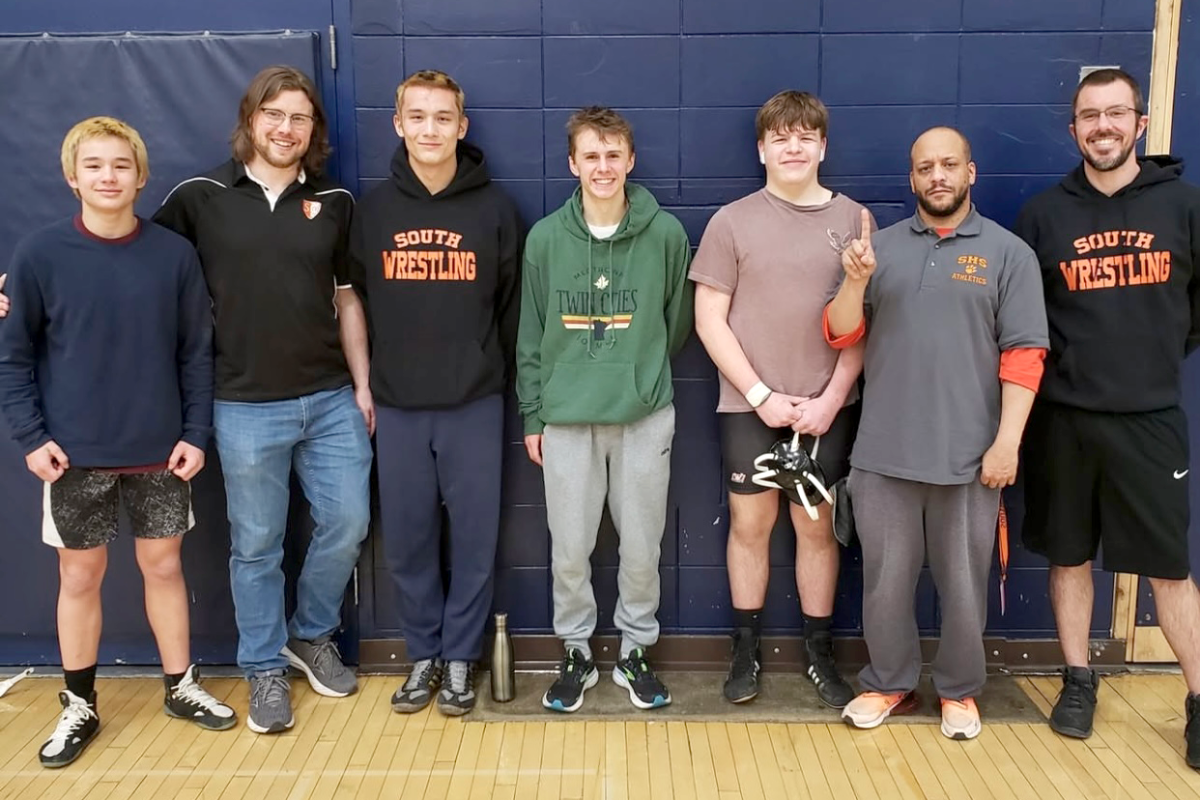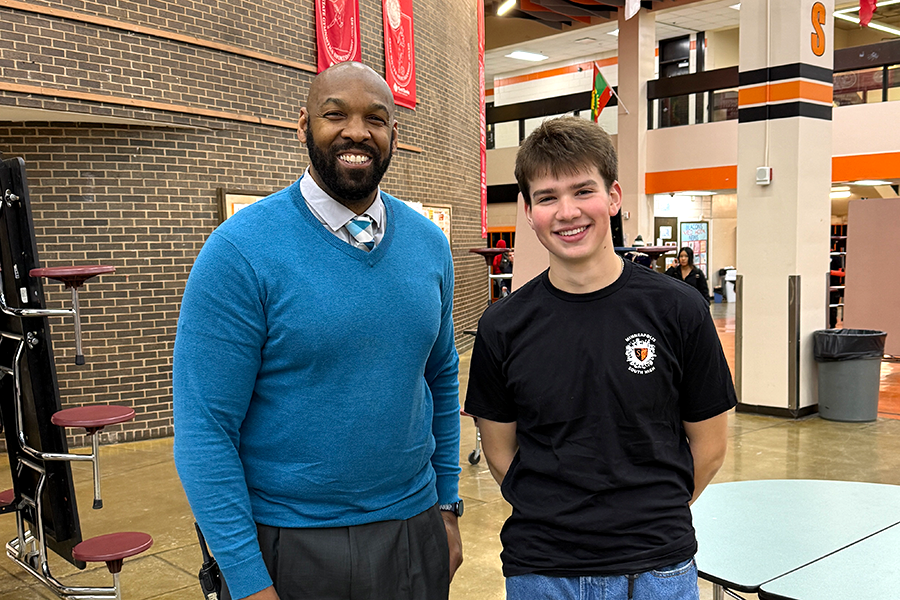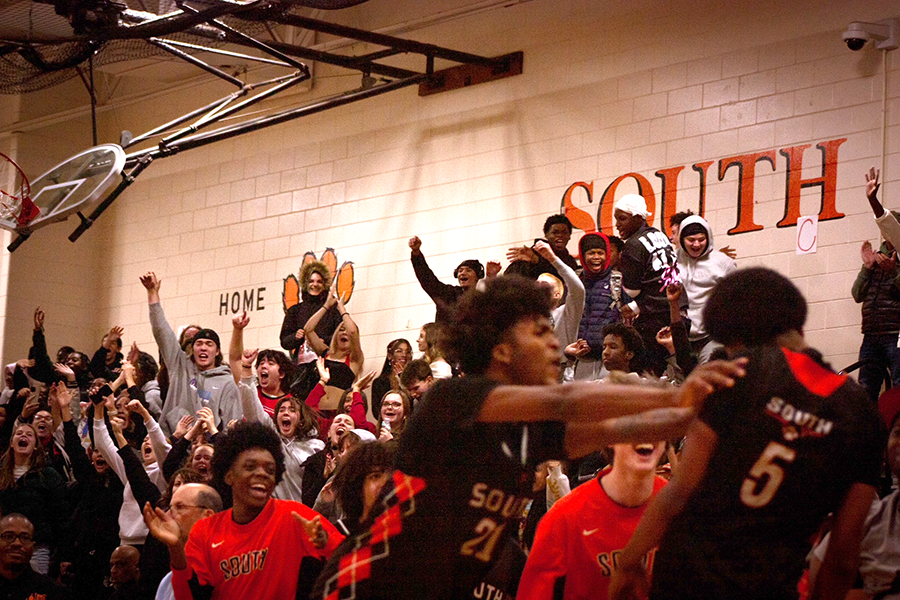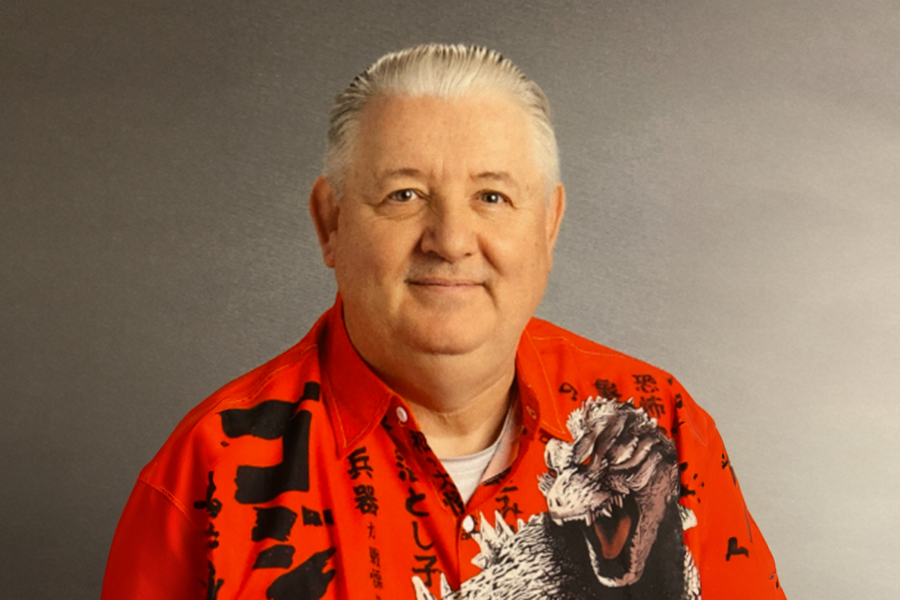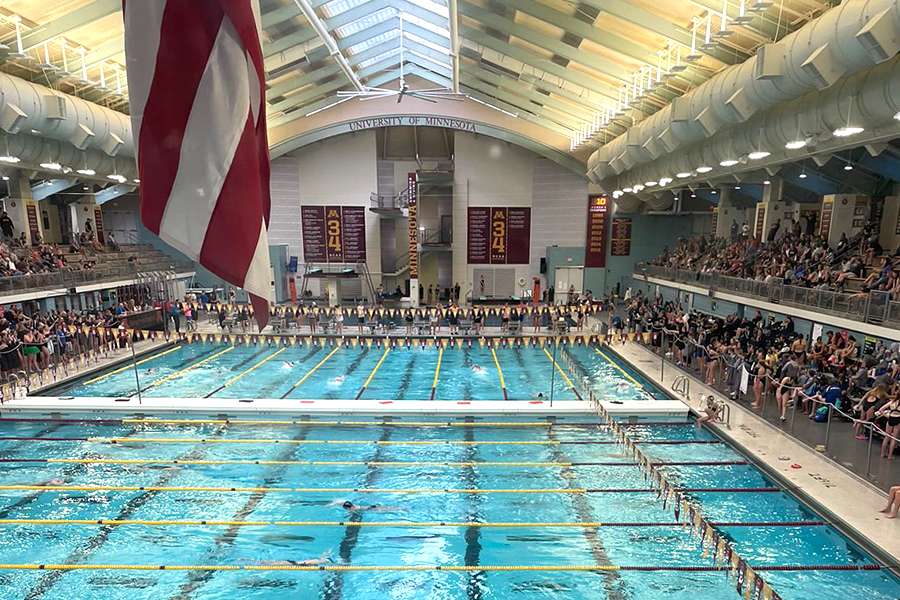Violence in sports. It’s a phrase we’re all used to hearing, but that does that make it okay just because it’s familiar? Some popular sports appear to be getting more violent in nature. Football and wrestling are both technically ‘contact sports’. So why does there seem to be more violence on the turf than there is on the mat?
When you hear the term ‘contact sports’, it’s likely football, hockey, and rugby are three sports that come to mind. Yet, other sports, such as lacrosse, are gradually increasing in player violence as well. Many players involved in these sports have experienced or been involved in violent situations and acknowledge that violence can be a large part of the game. Others will argue that there’s no place for violence in sports.
At South, where male and female students have numerous sports and activities to participate in, violence has often been experienced among the student athletes. While most high school coaches don’t condone this sort of behavior, school spirit and rivalry can often lead to violent actions.
“Violence between players happens on occasion and isn’t very rare,” commented South-metro rugby player and junior Christian Harden. “If a player makes another player mad during a game, it’s going to be their natural instinct to try and hit them hard.” In a sport such as rugby, where violence already exists in the nature in the game, it can be easy for players to incorporate intentional acts of violence in moments of the game where violence is already present.
In addition to intentional player violence that sports can cause, the violent nature of some sports can also be a cause of injury to players. Though injuries are expected in any physical activity, some injuries are caused by violence in the sport, and are questionably preventable. In some cases, specific equipment is being altered to lessen the effect of contact on the body.
For example, concussions due to head-on-head contact is a common injury in football, and a hot topic of discussion in the National Football League recently. However, there are newly designed helmets that are intended to reduce the likeliness of a concussion.
While intentional and unintentional violence seem to be present among athletes, coaches can also be guilty of verbal violence with the opposing team, if not physical altercations on or off the field. During my own experience playing Minneapolis youth baseball, I witnessed a coach from an opposing team verbally harass an eleven-year old teammate of mine and caused the young boy to leave the field in tears. Though the coach had proof of the boy’s age, he didn’t like the larger size and ability of the player and set out to bully him out of the game to give his team an advantage.
In other sports, fans are notorious for causing violence. A primary example comes from the World Cup, where there are some of the most dedicated fans in sports. According to the New York Times, the 2010 World Cup qualifying match between Serbia and Italy had to be stopped and delayed for nearly an hour due to out of control fan behavior. Flares were thrown onto the field, setting off fireworks and forcing suspension of the game.
In another instance, two people were killed last summer when they were shot during a separate argument about an approaching World Cup game in Dallas, according to a Huffington Post article. One of the disputers in the argument opened fire into a small crowd and killed a seventeen-year-old boy and twenty-eight-year-old man.
Fan violence doesn’t only occur in professional sports but on a local level as well. According to City Pages, students who attended a football game at St. Paul Central High School last fall flooded the field in an all-out effort to confront St. Paul Como High School fans. A St. Paul off-duty police officer who was working at the game was forced to call in backup to handle a crowd of more than fifty people who were fighting near the high school stadium. In order to take control, police used a chemical irritant to try and disperse the raging fans.
Not only has violence among opposing fans been an issue in sports, but violence between players and fans is also an issue, one that has even been experienced by South athletes. As reported on ESPN, South basketball guard Tayler Hill, who helped lead the women’s basketball team to a state championship win in 2009, received death threats over the phone just before taking the court for the state championship game in 2008, in which South lost to St. Paul Central. The Minneapolis police were called in to investigate and traced the calls to the 651 area code, causing some people to wonder if fans of St. Paul Central were behind the threats.


